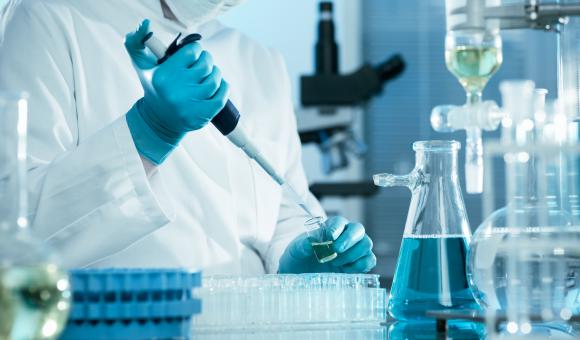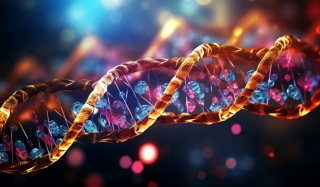
A team of investigators from the Catholic University of Louvain (UCL), led by Professor Yves Dufrêne, has recently discovered, together with the Trinity College Dublin, a new molecule capable of preventing the formation of staphylococcus biofilms. This breakthrough in the fight against this hospital scourge brings hope to patients. In Belgium, those nosocomial infections, that can be deadly, affect 6 % of the patients.
“This research is an important step in the implementation of new strategies to control these infections, a major issue in hospitals”, the UCL press release indicates.
Indeed, today we assume that biofilms formed by pathogenic bacteria such as the staphylococcus aureus, are responsible for more than 65 % of the diseases contracted during a hospital stay, resulting in no less than 3000 deaths per year in Belgium. They can also provoke serious illnesses such as pneumonia, as well as skin and heart infections.
Those bacteria are able to attach to the surface of medical devices to multiply and form biofilms, generating infections that are extremely resistant to antibiotics and particularly difficult to treat. According to the press release, “anti-adhesion therapy represents an alternative to antibiotics. It aims at fighting against biofilm infections using small molecules that hide adhesion proteins that are on the pathogenic surface, preventing them from forming biofilms”.
The research enabled to identify a new molecule, “a small synthetic peptide derived from a neuronal molecule, the ß-neurexin, that inactivates a major adhesion protein from the surface of the staphylococci, including strains resistant to antibiotics”, explains the University.
Dr Sami Place, a specialist in microbial infections at the Grand Hornu hospital, followed with interest the work of the UCL investigators and he was proud to see a Walloon team of investigators achieve that kind of results. He qualifies this as “high-level science”.
The UCL explains that the idea is not new, though, as the cranberry juice has been used for a long time as an “anti-biofilm” traditional remedy against urinary infections.
The investigators’ objective is therefore to develop new efficient molecules on a rational basis, which will enable to optimize the prevention or the treatment of biofilm-related infections.
However, this remedy won’t be available any time soon. We shall have to wait a few years more for the efficient treatments to be developed, but this discovery still brings hope.
The breakthrough, published in Proceedings of the National Academy of Sciences USA, owes a lot to life nanoscopy and was financed by a European Research Council grant.







